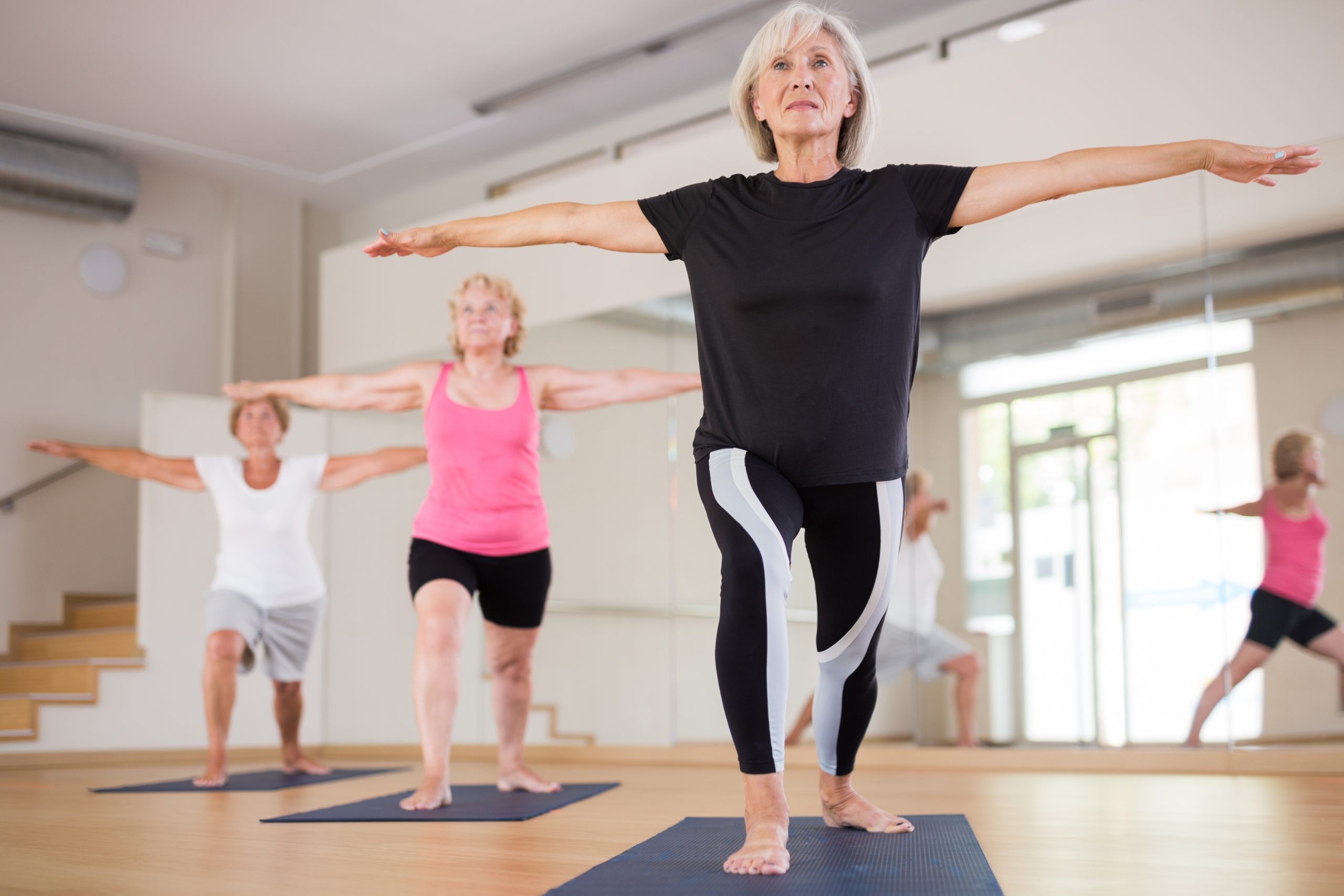What is Balance and How Does it Affect the Older Population?

Why balance and gait deficits are prone in this population and how physical therapy can help.
What is balance?
Your balance is comprised of three different systems:
- Visual System: your sight
- Vestibular System: located in your inner ear, this system provides your body of where it is positioned
- Somatosensory System: your perception of touch, also known as proprioception
Now that we got all that dry information out of the way the fun begins! These three systems all help to coordinate our balance, but the older we get, the less our systems start to work! Our vision declines, our sensation declines, our perception declines. If either of these systems start to decrease, our balance will not be up to par.
A few facts I have found to help put this into perspective from a contemporary review by Osoba et all states that “adults have significantly decreased foot position awareness in comparison with young adults. The elderly have decreased mechanoreceptive sensation in the toes and heels. The vestibular function also declines with age, with the significant decline seen after age 65.”(Osoba et all)
Because these sensations are declined in the older population, they do not have the perception of touch(proprioception) needed for balance. Because they cannot develop the sensory information to balance, this will lead to instability.
Now if you are thinking, “Young people loose their balance too? They just catch themselves? Why can’t the older population do the same?”
They main tactic of regaining balance is called what we use as an ankle hip strategy. This means that we use our ankles muscles, then our hip muscles to contract and stop us from falling. The elderly start to adapt this subconscious reflex backwards in which they use their hips first. This causes increased sway at the trunk and can lead to falls more so than the traditional ankle hip strategy. (Osoba et all)
How can physical therapy help with improving balance?
The physical therapy role in fall risk reduction and prevention is shown to have great benefits. What physical therapy can do is strengthen the three systems by challenging them.
This is why we create these crazy exercises like standing with eyes closed, turning the head side to side, or standing on an uneven surface! Closing your eyes will take away use of your visual system, strengthening your vestibular and somatosensory. Turning your head side to side will hinder your vestibular system and help strengthen your vision and somatosensory. Lastly, standing on an uneven surface will limit your somatosensory and strengthen your vision and vestibular system.
Taking out one of your systems with challenge your other two to work harder, thus making them stronger! We then progress by taking out two of the systems to focus on strengthening one! There is a method to our madness!
It is important to make sure you are practicing with a clinician supervising in case of loss of balance. This is what we want though because this is what helps the body to understand how to regain the balance!
With balance, practice makes perfect. You have to continue to challenge the body with stability as well as strength, and that is something physical therapy can help you out with! There is still the ability to relearn use of systems in the elderly population. It can just take time, but we are here to help you with this process!
The APTA states that 1/3 of adults 65 and older fall each year, and 20-30% suffer injury.
At React Physical Therapy, we will take the time to retrain the whole body with the Reavy method, releasing restrictions, and challenge the bodies stability! We want to limit these risk of falls as much as possible! Book An Appointment and get started today!
Reference:
Osoba, M. Y., Rao, A. K., Agrawal, S. K., & Lalwani, A. K. (2019). Balance and gait in the elderly: A contemporary review. Laryngoscope investigative otolaryngology, 4(1), 143–153. https://doi.org/10.1002/lio2.252